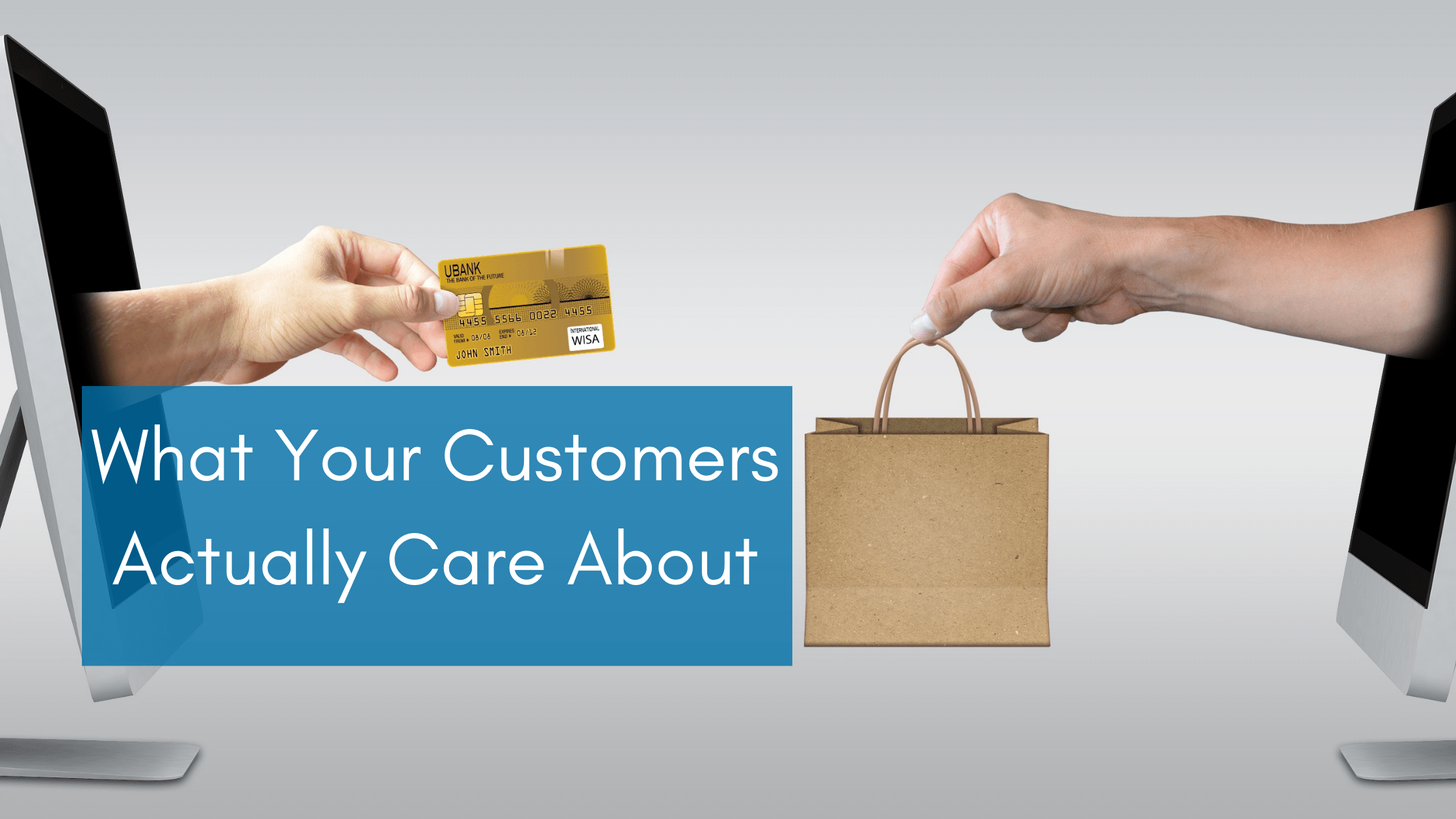When brands are just starting out, there are a few hang ups on marketing items that we see act as a bottleneck to getting the business launched. The goal of this post is to break down a few of those roadblocks that you may run into, and explain why they don’t really matter to your customers. Those aspects include your:
- Logo
- Mission/Vision Statement
- Core Values
After that, we’ll focus on what your customers really do care about instead.
Let’s dive in.
Your Logo
I’d be lying if I said Rubicom didn’t run into this challenge when first launching back in 2019; We worked with designers for hours on end trying to nail down the perfect logo and color scheme that would really resonate with our users.
Ultimately, we like the final result that we got to, but the reality is that our customers cared about one thing; Can we help them grow their business from a digital perspective (SEO, Ads, Content, Automation)?
Check out the logo of one of the world’s most valued technology companies.
As a consumer, do you care that the logo is just the company name with each letter in a different color, or do you care that they can help you sort data that you’re searching for on the internet? Chances are, it’s the latter.
Get the logo created by paying $50 on Upwork, or use a free logo generator for fast execution in order to move on to higher priority items.
Your Mission/Vision Statement
We may make a few people angry with this one, but your customers just don’t care about your mission and vision statements. With that being said, it’s still an important piece that should be engraved in your company culture in order to guide where you’re going, but don’t make it front and center of your website.
There’s a caveat to this, and that is for companies that fall into the ESG (Environmental, Social, Governance) category. If you’re working to help children with illnesses, make the earth a better place by mitigating pollution, or running a non-profit that helps underprivileged individuals, then absolutely make your mission and vision statement front and center.
On the flip side, if your goal is to help someone make a pretty website, then your customer doesn’t care about your mission/vision.
Your Core Values
This is another marketing item that an organization will often focus on broadcasting all over their website and marketing collateral.
Again, core values should be implemented and engraved into your company culture, but don’t waste too much time putting it on all your marketing collateral and website for your consumers to read.
Core values are great to quiz current and future employees on to make sure their goals align with your company, but a customer isn’t going to buy your product or service because of them.
3 Marketing Items to Focus on Instead
Now that we’ve gotten the hard part out of the way, let’s go through 3 marketing items that you should spend significant time and effort on in order to better serve customers including:
- Content
- Customer experience
- Engagement
Here’s why.
Content
Content is a broad term, but can be defined as information that serves your audience regardless of medium (Video, Blog, Podcast, Email, etc.).
Content is used to answer questions and entertain your target audience so that before they ever work with you, they have enough information at their disposal to determine if they want to start an engagement.
Content plays a major role in marketing practices of the future such as SEO and inbound marketing (customers come to you rather than you finding them).
Focus efforts on creating high quality content that will better serve your audience.
Customer Experience
There’s a term that says ‘perception is reality’ and that couldn’t be more true than when it comes to the customer experience. You may think your customers are getting the best value out of you, but really the customer perception is the tell all.
So what does working on the customer experience look like? Examples include:
- Enhancing your website: focusing on speed, navigation, and overall friendliness while engaging with your website can guide your customer to work with you or seek out your competition instead. To get a better idea on where to start, leverage a website audit.
- Leveraging automation: when a customer fills out a form on your website, sends an email to a distribution email (info@xyzcompany.com), or buys their first product from your company, immediate communication puts the customer at ease. Leveraging automation tools such as Zapier and MailChimp allow you to immediately communicate with customers after they take an action.
- Enhancing product/serve: the best way to better serve customers is to continue enhancing the very thing they’re buying in the first place. Whether you’re selling computers or marketing services, identify areas where the offering can be improved and make those improvements.
Engagement
Since the beginning of time, people want to identify with something and be part of a community. Apple is a prime example of a company that locks users into their products.
You’re not likely to become the next Apple, but you can create a community that your customers are excited to engage with because of the value you’ve given them. The reason social media companies focus so much on likes/comments on a post is because it tells algorithms that that specific post is engaging to the community.
However we’re not just talking about social media. Here’s how you can better engage with your customers.
- Send them an email on their birthday (can be completely automated): ‘hey, we’re here and haven’t forgotten about you even though you’re not buying from us right now’
- Ask for direct feedback/reviews of your product or service: this tells customers that their opinion matters and better serves future customers
- Engage successful projects to create success stories/case studies: customers love telling their side of a story, and what better way to let them do that than highlighting it in your content?
Engage your audience and you’ll begin to watch word-of-mouth/referral marketing take place faster than you could’ve imagined.
Focus On Integrating What Customers Do Care About
Making content, the customer experience, and engagement all work together in conjunction with your company values/mission internally, can greatly help you grow your brand.
We’ll close out with an example of what that looks like:
You’ve created a piece of content that does a great job of highlighting how to use the product your customer just bought. After their first purchase, automation is set up so that the content is immediately emailed out to them to help them out with their purchase. Two weeks later, you engage the audience by congratulating them on their first two weeks of using the product, and ask for feedback.
Let us know how you’re implementing this process or if you need help getting started.

Gary McConnell Co-founded Rubicom Digital in 2019 with a goal of providing digital marketing consulting services in the B2B space.
Gary continues to serve as the Marketing Director of a Data Center-focused IT Provider, VirtuIT Systems.

